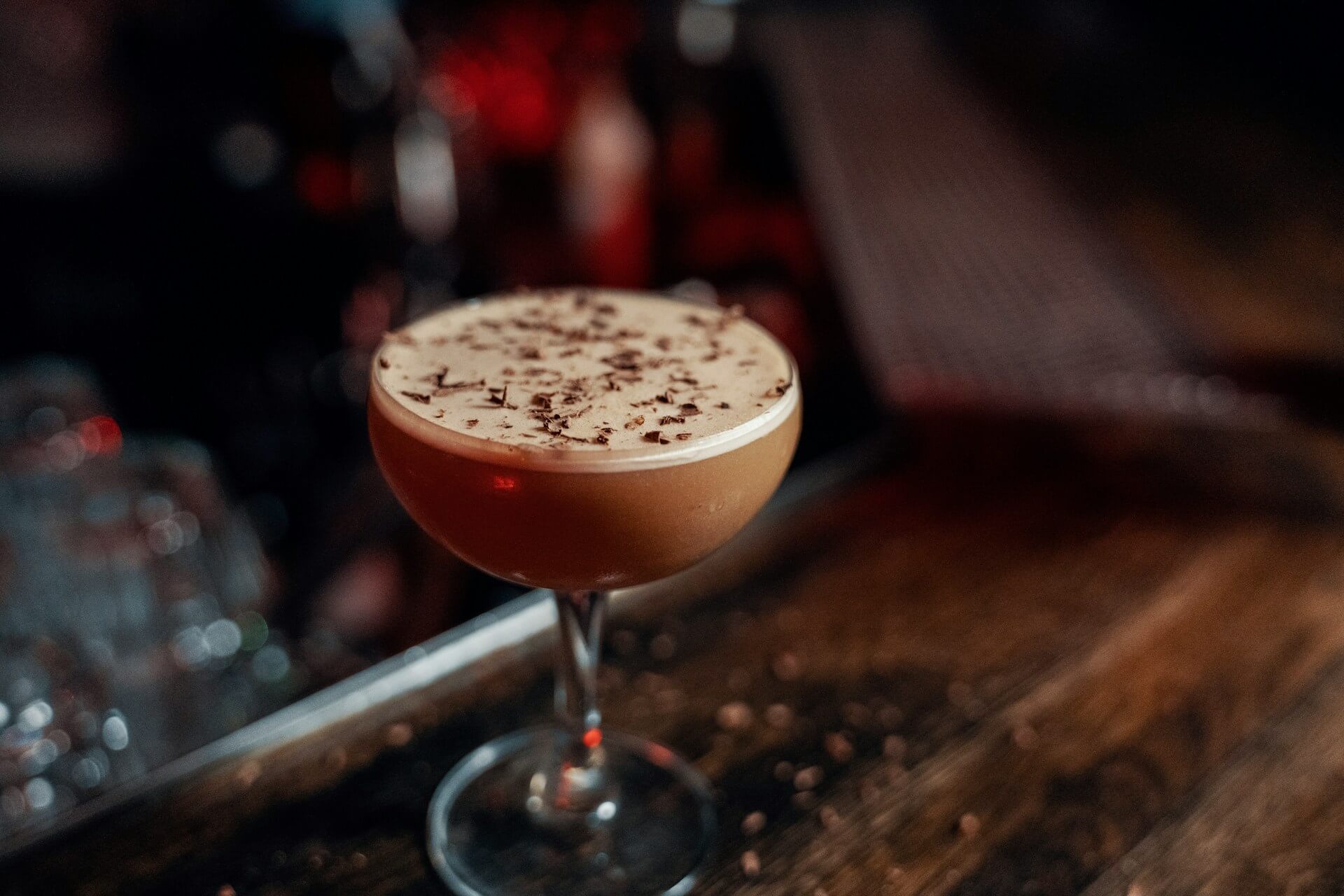Will this Drink Dethrone the Espresso Martini?
by David Klemt

If we’re to take what industry pundits and cocktail aficionados are saying, 2024 may be the year that the Espresso Martini falls from grace.
Alright, that may be a bit dramatic. However, maybe we won’t read about how the Espresso Martini is having yet another “moment” this year.
Instead, it’s possible that 2024 will be the Year of the Carajillo.
This incredibly simple cocktail is receiving as much—if not more—hype than the Negroni Sbagliato did in 2022. Only this time, bartenders may not roll their eyes whenever they hear someone mention it.
Before I dive into the Carajillo, a bit of clarification. I’m not anti-Espresso Martini. It isn’t like I think I’m above enjoying one of these not-Martinis from time to time. And I’m sure it makes registers ring plenty at bars around the world.
However, it seems like we’re told we’re in the midst of the Espresso Martini’s latest moment every time fall or winter comes around. Look, this is a modern classic that has been around for decades. It’s not “having a moment,” it has simply reached ubiquity.
So, the idea that a perhaps lesser-known coffee cocktail can have its moment this year is exciting. (And a bit of a relief.)
Let’s cannonball into the Carajillo!
Not So Simple
When you do a cursory search for the Carajillo you’ll encounter quite a few absolutes.
For example, there are people who say the drink only and always consists of hot espresso and Licor 43. You may read that the ratio is always one to one.
However, there’s more nuance surrounding the Carajillo.
This deceptively simple cocktail comes to us from Spain. From what I can find, it’s often a cold drink that varies from country to country, region to region. In Spain, it’s commonly coffee and brandy in a two-to-one ratio. Order one in Cuba and it will likely be a rum cocktail rather than brandy. In Mexico, while Licor 43 is said to be the standard, it’s not uncommon for mezcal or a coffee liqueur to accompany the coffee.
Now, as I’ve said, you’ll come across sources that say a Mexican Carajillo is espresso and Licor 43. So, let’s go with that recipe for now.
It’s a simple build: Fill a cocktail shaker with ice. Add two ounces of hot espresso or other hot coffee and two ounces of Licor 43. Shake until well chilled, then strain into a rocks glass. The shake should form a foamy head. Some people garnish with three coffee beans.
Make it Yours
Of course, there’s room to play with this recipe. You and bar team can change the ratio, change the garnish, experiment with glassware, replace the Licor 43 with another liqueur, add an ingredient…
As an example of the latter suggestion, Cazadores produces a coffee liqueur, Cazadores Café. This can replace Licor 43 or work alongside it.
Just know that if you replace the original liqueur, you’re missing out on a blend of 43 botanicals. That means your Carajillo will taste much different than the standard Mexican build. In that case, is it still a Carajillo?
Well, that’s up to your guests to decide, I suppose.
There are bars that make their Carajillo with cream, brandy, and Licor 43. Some serve theirs with a small bowl of sugar so guests can sweeten them to their liking.
At some bars, the build calls for heating the liqueur or base spirit with lemon and sugar. Others make Carajillos with mint and amaro.
So, you and your bartenders can do what has been done with the Espresso Martini: Alter the Carajillo to create your signature version. You can also simply serve the traditional build.
Or, and this is my recommendation, you can serve traditional Carajillos and offer one or more signature variations.
Cheers!
Image: Jeppe Mønster on Unsplash

